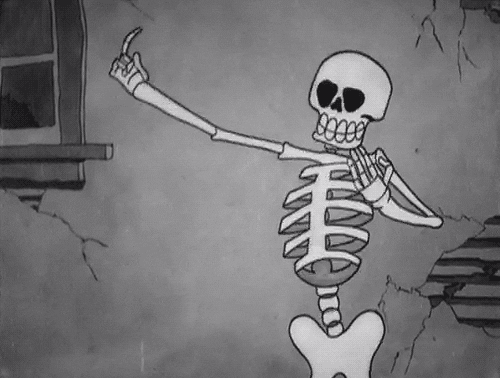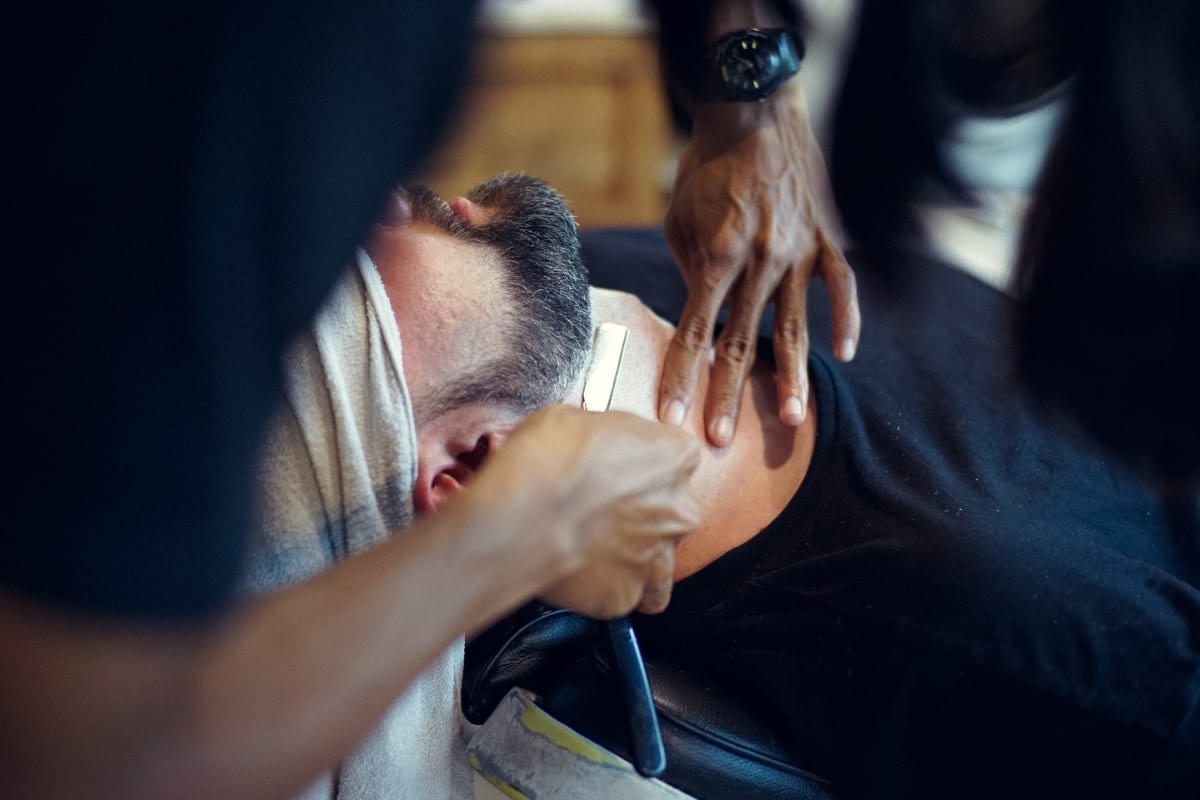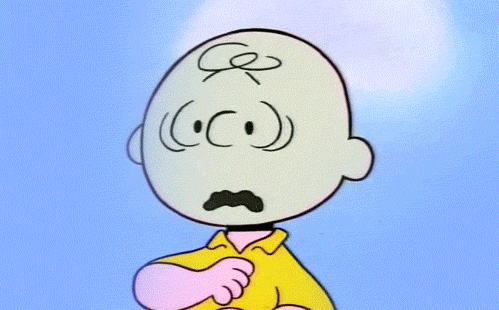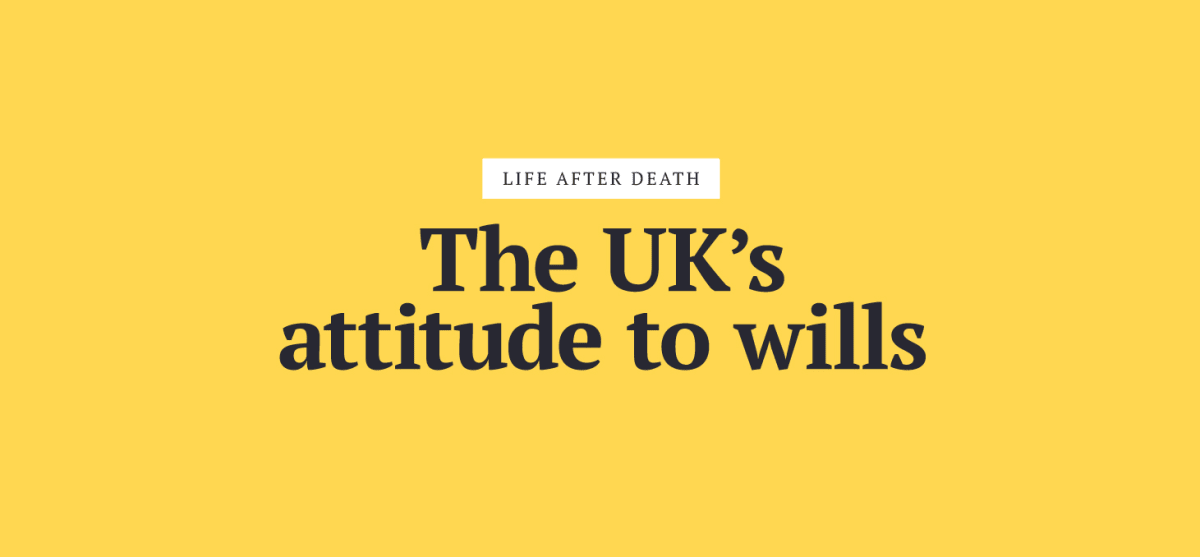
What do bereaved families want from funerals? Beyond CEO and Founder Ian Strang shares his take on why price transparency is just the beginning …
In a few weeks’ time, the CMA will publish a report concerning its enquiry into the funeral industry. The focus of this enquiry – and indeed, the focus of much of the media coverage around the industry over the last few years – has been cost. Are funeral costs going up or down? Are prices transparent? What can we do to help consumers with the cost of funerals? And so on*.
*The answers, by the way, are: flat for independents, up for chains; transparent for around 20% of the industry; and encourage people to use comparison websites.
These are worthy questions, and (disregarding my own self-interest here) it would be difficult for anyone to dispute the fact that Beyond has made huge strides in addressing the issue of price hikes and transparency over the last few years.
Because of our efforts, Dignity have been reduced to calling in the management consultants, and Co-op have (laughably) begun claiming to have started a price war (without actually publishing any pricing, but that’s a blog post for another time). The move towards fair transparent pricing throughout the industry is gradual, but likely now inevitable.
“Is it enough to simply make traditional funerals more affordable? I’d argue that it isn’t.”
But is it enough to simply make traditional funerals more affordable? Is that all that we can do to make bereaved families feel that we, as an industry, are meeting their needs? I’d argue that it isn’t.
When we talk about cost, and the public’s dissatisfaction with the cost of funerals, what we should really be talking about is value. Sure, people aren’t happy paying £5,000 for a traditional funeral with hearse and limousines – but in many cases, they wouldn’t be happy paying £500 for it either. It’s just not the service they’re looking for.
As an industry, we aren’t offering families a lot of choice. Yes, there are options out there if you dig around – you can find suppliers for anything from rockets that shoot your ashes into the air, to flammable Viking longboats. But these suppliers don’t (yet?) have the budget to advertise nationally, and many funeral directors don’t exactly push them.
“When you’re bereaved, feeling under pressure to organise a send-off – any send-off – and you know nothing about the industry, you’re not in any state to research different options. But families do want more choice.”
A lot of us in the business, intentionally or not, steer families towards a pretty standard format funeral. And when you’re bereaved, feeling under pressure to organise a send-off – any send-off – and you know nothing about the industry, you’re not in any state to research different options.
But families do want more choice, and we’re beginning to see some pushback.
Direct cremation is growing in popularity, for one. Often in a Sunday supplement or similar you’ll see articles about it: “Bury me in the garden”, “Stick me in a cardboard box”, etc. Many take a deliberately reactionary stance – rebelling against a status quo that dictates that a traditional funeral is the only “proper” option by shunning a funeral altogether.
That’s not surprising. It’s a lot like the dissatisfaction that many people feel with politics right now – “I don’t like any of the parties, so I won’t vote at all”. Direct cremation is also the least expensive of all the current options. But this recent increase in interest in direct cremation doesn’t mean that this is how the market will go or that it’s what people really want. Direct cremation is just the one of the few alternatives to a traditional funeral that’s easily available.
“No-one knows what bereaved families really want, because we haven’t been asking them. At least, not properly.”
So, what do bereaved families actually want, if not a traditional funeral?
Now, there’s no shortage of vocal factions promoting their own understanding of what families want, which generally correlates perfectly with something they are selling, whether that be service or a product.
But I’d argue that no-one knows what consumers want, because we, as an industry, haven’t been asking them. At least not properly, in a rigorous way.
To find out what the bereaved want, you need to ask them at the point of bereavement. You also need to offer them a wide variety of options, options which may not even exist yet. You also need to ask them in the exact same way each time, without the biases of different funeral directors, contexts or sales materials affecting their decision. And you need to ask a lot of people – at least 1,000 for any kind of statistical significance.
“It’s only now, at Beyond, that there are enough bereaved people going online and choosing funeral arrangements to create a data source set that’s robust enough to analyse. And analyse we do.”
It’s only now, at Beyond, that there are enough bereaved people going online and choosing funeral arrangements to create a data set that’s robust enough to analyse. And analyse we do. We constantly run tests across our website, much like any online business, to try and understand what users want.
Sometimes we invent a service and put it up online for a few weeks to see how much interest it gets. We might take it down again because no-one has clicked on it, but we still count that as a success, because the result is that we understand the consumer – bereaved people who need our help – better.
However, if people really like that service, we may look to develop it. This could be in tandem with our funeral director partners, or we might build an in-house offering, such as with estate administration. In that instance, our partners can then benefit by offering it to families themselves, increasing their service breadth.
“Over the next few years, the funeral industry is going to change more rapidly than anyone can imagine.”
Some of our partner funeral directors would rather we didn’t test. They see every new potential development on our website as a challenge to their business and post furiously about it on social media. This is short-sighted.
Over the next few years, the funeral industry is going to change more rapidly than anyone can imagine. It’s becoming ever-more-obvious that families are seeking different services, different ways to interact with funeral directors.
If individual funeral directors are not prepared to keep up with the pace of change, to invest in technology or partner with technology providers, to work in new ways, then they will stagnate. Because the chains certainly won’t sit still.
Dignity, despite previously being guilty of falling asleep at the golf buggy wheel, are now investing £50m in overhauling their business, introducing tablets, technology and home visits. The Co-op machine will likely respond in kind. And Dignity have the crematoria as an asset. You can see the benefit of that with their new “full-attended cremation service”, booked over the phone.
Will it be popular? I don’t know, but I’m impressed that they are testing new products for their customers. We’re interested to learn as well, so we’ve popped a similar product up on our website to find out whether this is the future or not.
“Funeral directors who embrace the testing, learning and development of new products to serve changing needs will flourish.”
For the first time in decades, we are starting to discover what consumers – bereaved families – really want. We need to be open to this journey of discovery and adaptable to the changes it will bring.
Those funeral directors that entrench solely around their traditional offerings and reliance on walk-ins for customer acquisition will slowly but surely die out. Those that embrace the testing, learning and development of new products to serve the changing needs of the bereaved will flourish.
Change is coming. Let’s embrace it, learn together and better serve the families who need our help.










